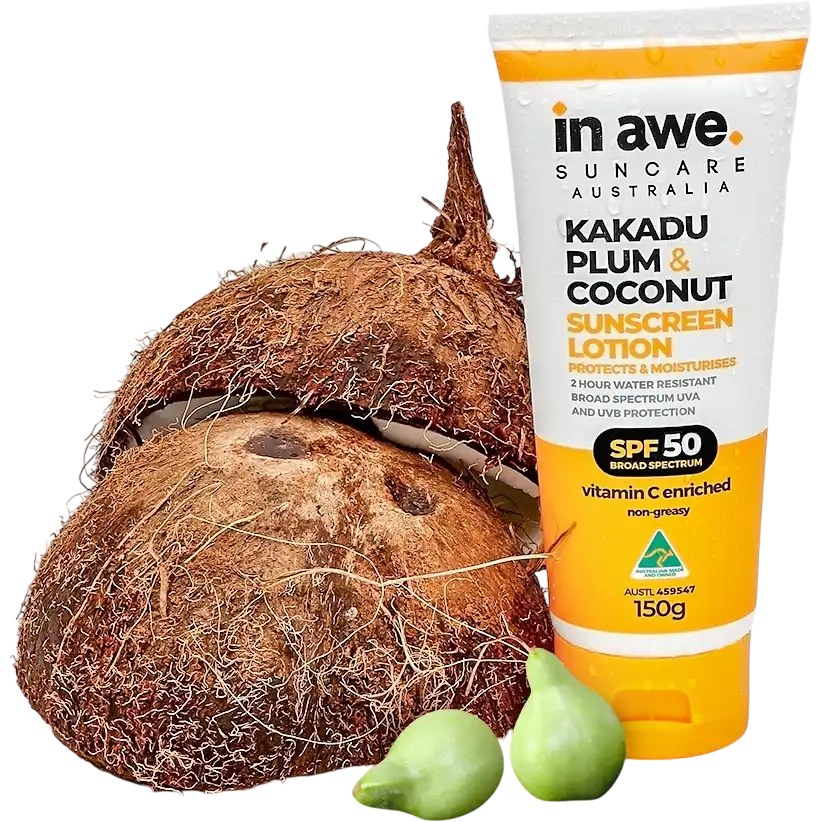
When it comes to protecting yourself from skin cancer, it’s important to defend your skin like a winner – and that means being proactive.
With Australia having the highest rates of melanoma skin cancers in the world – which equates to one diagnosis every half an hour – mole mapping is a very smart idea.
Mole mapping (also called mole scanning) is non-invasive, painless and fast and involves tracking a person’s moles using specialised imaging technology. This full body procedure captures high quality photos of skin spots and moles, which are then checked by a medical professional.
Why mole map?
It’s a useful tool for everyone, but especially those with a lot of skin spots or moles, people who are more prone to skin cancer (like those with fair skin) and those with a family history of it.
The best part about mapping your moles is that the images become a record that can be referred back to over time, to look for changes that could indicate skin cancer. This is critical because 90% of melanomas can be cured with surgery alone – if they’re found early enough.
Understanding this, many people get their skin checked yearly, to enable early detection and provide peace of mind. Those at high risk may choose professional checks every six months.
Another great benefit of mole mapping is that it helps you check your own skin at home because you get a copy of your photos.
Know your ABCDEs!
When checking yourself at home, it’s important to check your whole body.
You may need a mirror or a partner to help with difficult to see parts of your skin and your space needs to be well-lit.
When it comes to detecting melanomas, these are the key things to look for:
Asymmetry
Keep your eye out for a lack of symmetry ie. Where one half of a spot doesn’t match the other half.
Border irregularity
Look for spreading, irregular or blurred edges.
Colour variation
Check if your spot is blotchy with a number of colours (brown, black, blue, red, white, or grey).
Diameter
Make sure any spots are not growing bigger.
Evolving
Note if spots are changing or growing.
Q How often should you map your moles at home?
A Once a month is suggested, or more frequently if you’re at high risk.
Power of Prevention
Early detection is key in beating skin cancer but prevention is even better, particularly in Australia where we experience some of the highest levels of UV radiation in the world.
As the sun’s UVA and UVB rays are estimated to be responsible for more than 95% of skin cancers, using a broad spectrum SPF50+ reef friendly sunscreen that can filter these rays is a must.
Protecting our skin – which is our body’s largest organ – also looks like:
- Covering up with close weave clothing
- Wearing a broad brimmed hat
- Donning polarised sunglasses
- Seeking shelter
In a nutshell, it’s wise to map your moles and use sunscreen to keep your skin safe.












